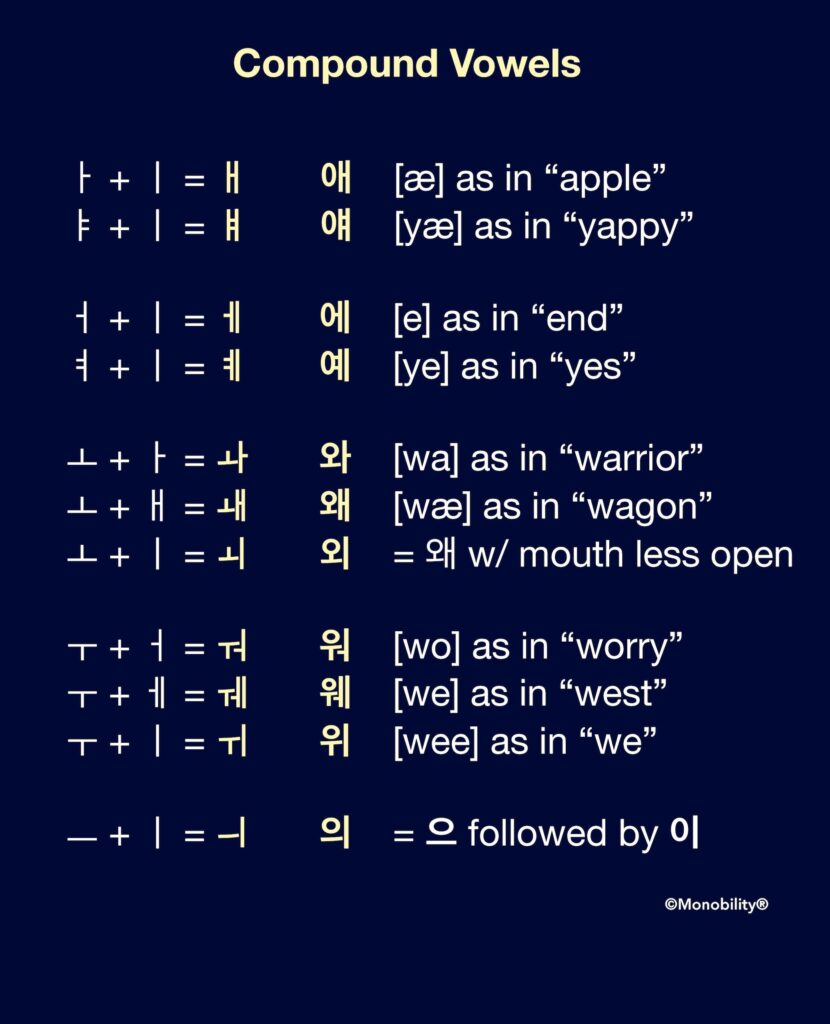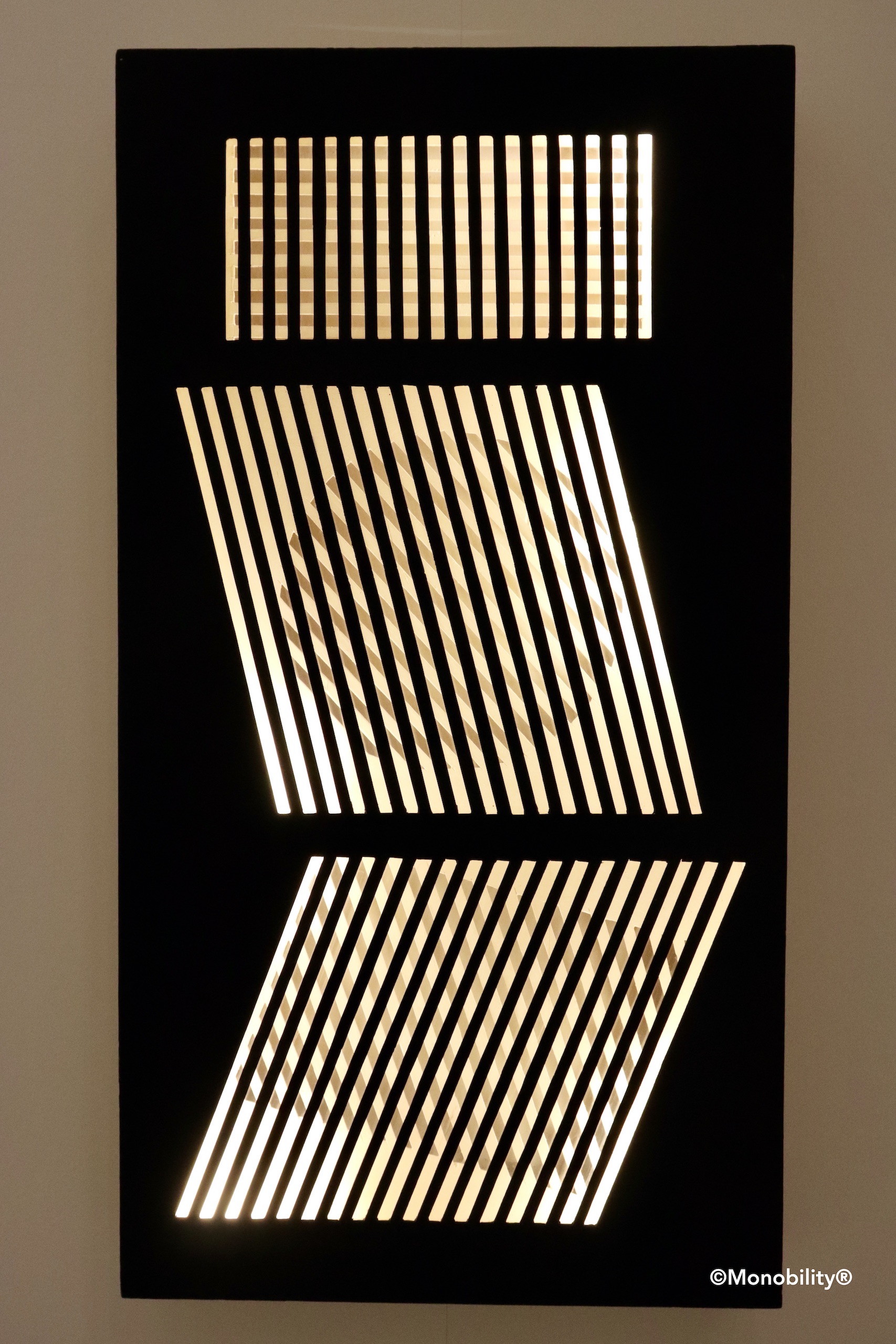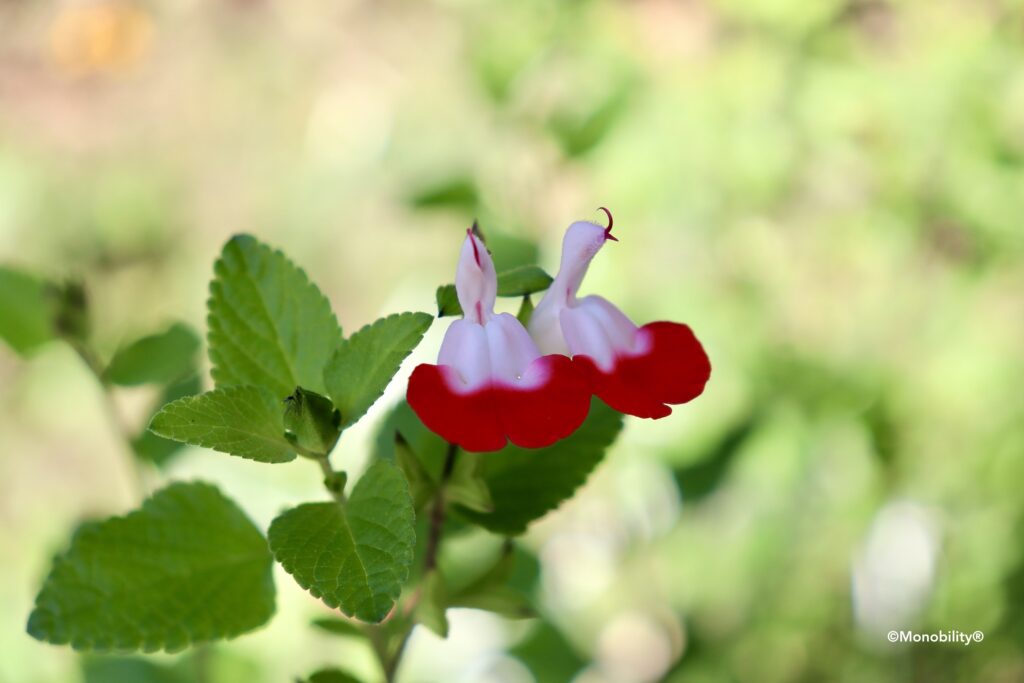As with double consonants, two or more basic vowels form 11 “compound vowels” in Korean. In medieval Korean, some of them must have been diphthongs, but not any more in modern Korean. They have become simple vowels pronounced quickly as a whole:
ㅐ ㅒ ㅔ ㅖ ㅘ ㅙ ㅚ ㅝ ㅞ ㅟ ㅢ

The above chart shows how the compounds are graphically formed with two (or three) basic vowels, basically as Sejong the Great created them in 1443. It is not too difficult to understand them as if they were diphthongs, except for the first four: ㅐ ㅒ ㅔ ㅖ. These four vowels are very commonly used in Korean, just like basic vowels. You need to memorize them as stand-alone vowels. And it’s important to know the difference between ㅐ ㅒ (with your mouth more open) and ㅔ ㅖ (with your mouth less open). When asked to spell names or to clarify pronunciation, Koreans often say individual components, e.g., “‘어 이’ 가 아니라, ‘아 이’ (Not ㅔ, but ㅐ)”, or “‘야 이’ 가 아니라, ‘여 이’ (Not ㅒ, but ㅖ).
Three of the compound vowels ㅙ ㅚ ㅞ sound very close to one another. Even native speakers often can’t easily distinguish their pronunciation. Besides, ㅞ is mostly for foreign words such as “웬디즈” (Wendy’s), and is rarely used in Korean. As a beginning learner, therefore, it’s wiser not to fret over their slight differences.
The second column in the chart only shows “approximate” English sounds. As I wrote in a prior article, however, Korean sounds are different from any other language, whether we make the second column in English or Spanish or Hungarian or French, etc. etc. The correct way to practice Korean pronunciation is to listen carefully to the video we made for you, and imitate exactly the native Korean speakers’ pronunciation. If you miss any one of them, just rewind and repeat. Speak aloud. Practice Korean as it sounds, and you will soon be able to speak Korean as correctly as Koreans speak.
And someday, after this long pandemic is all over, when some of you have a chance to travel or live in Korea, and when you finally fall in love with the country and the people after some initial hurdles and culture shocks, and when your colleagues or classmates invite you to join an after-work party and take turns singing a song in front of everyone as Koreans usually do, you might remember Monobility® and choose to sing the song we showed in the video – “사랑해” sung by 김희진. It is a very simple but beautiful song that all generations of Koreans know – including your boss, your professors, and your senior colleagues, who helped you in one way or another to settle down in Korea, and who may still help you. As you may discover in the video, it is very easy and fun to sing this song, even if you are not a great singer.
And when you do, Koreans will love you back. Koreans do love back.
Join Monobility® Group for much more:



